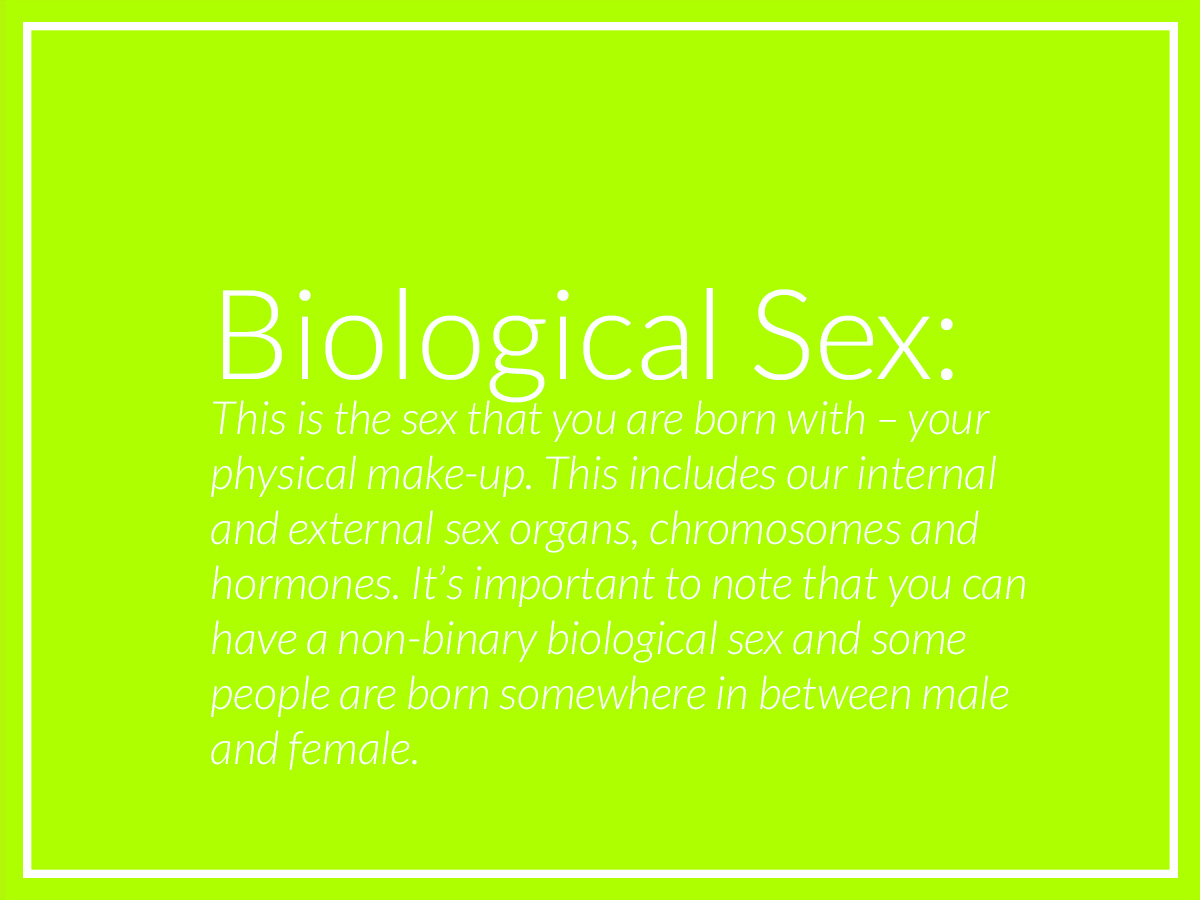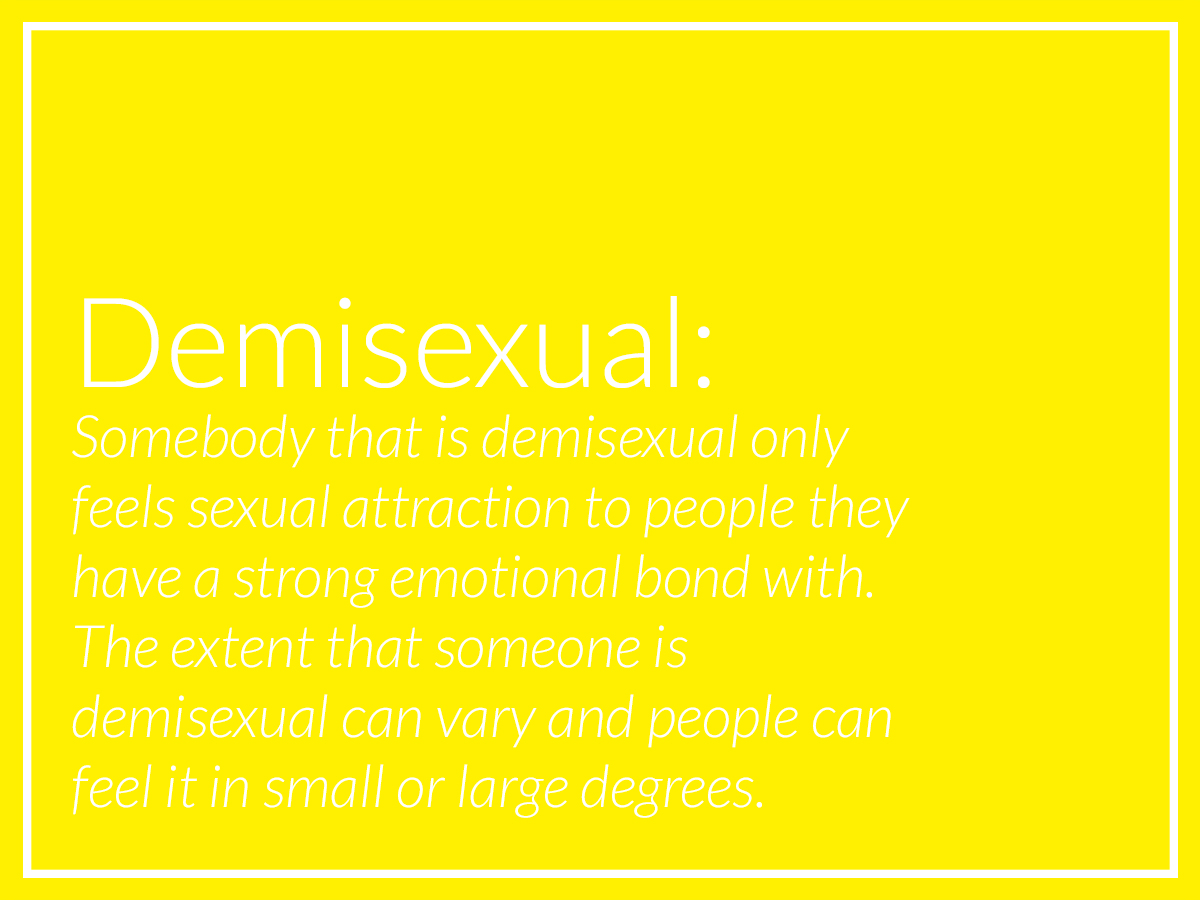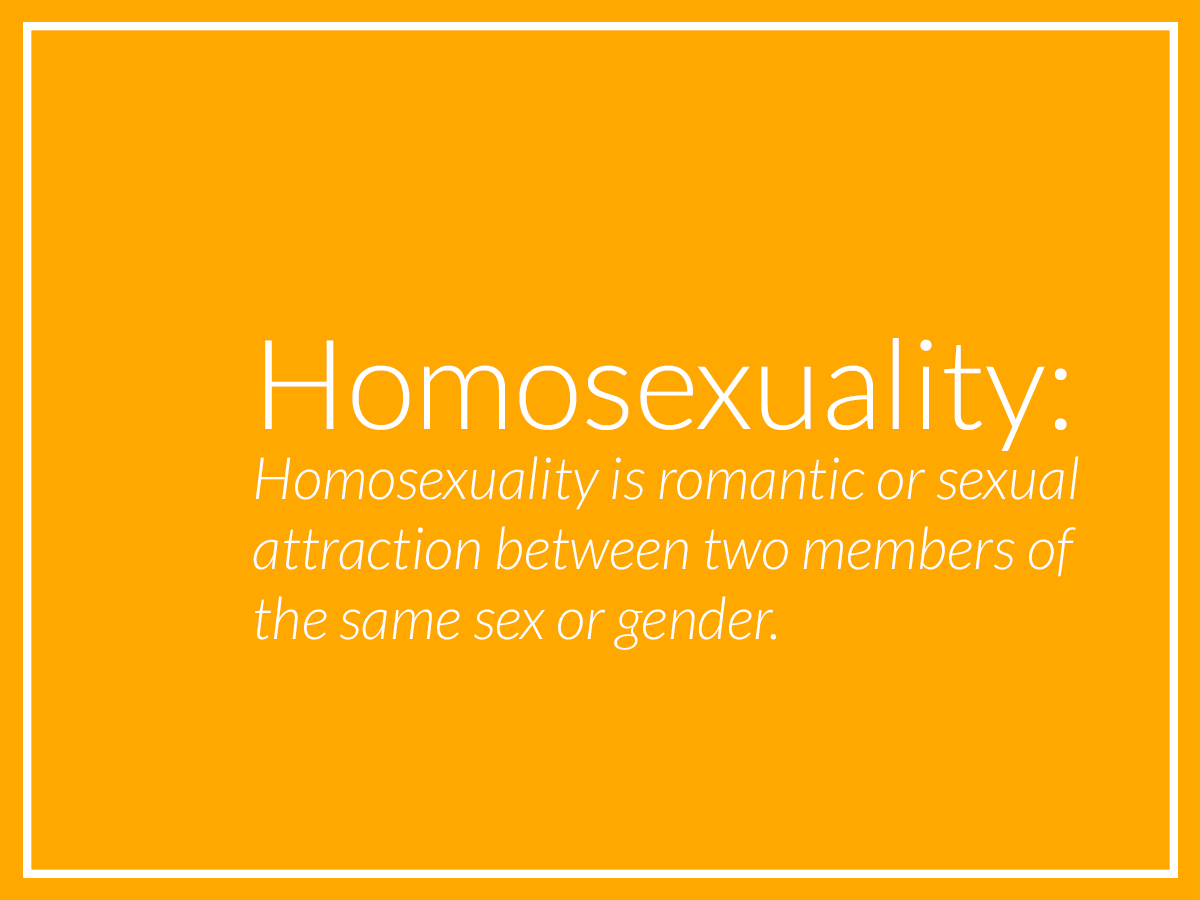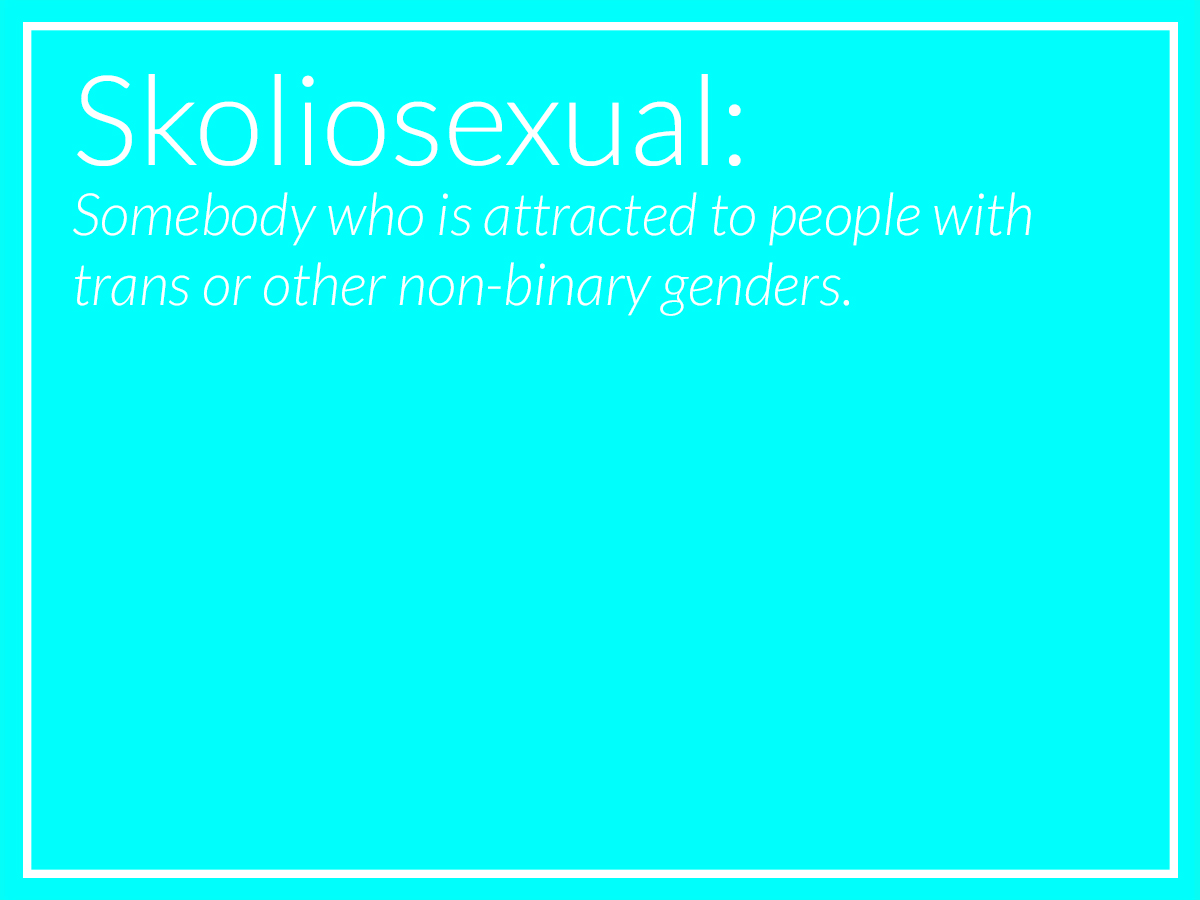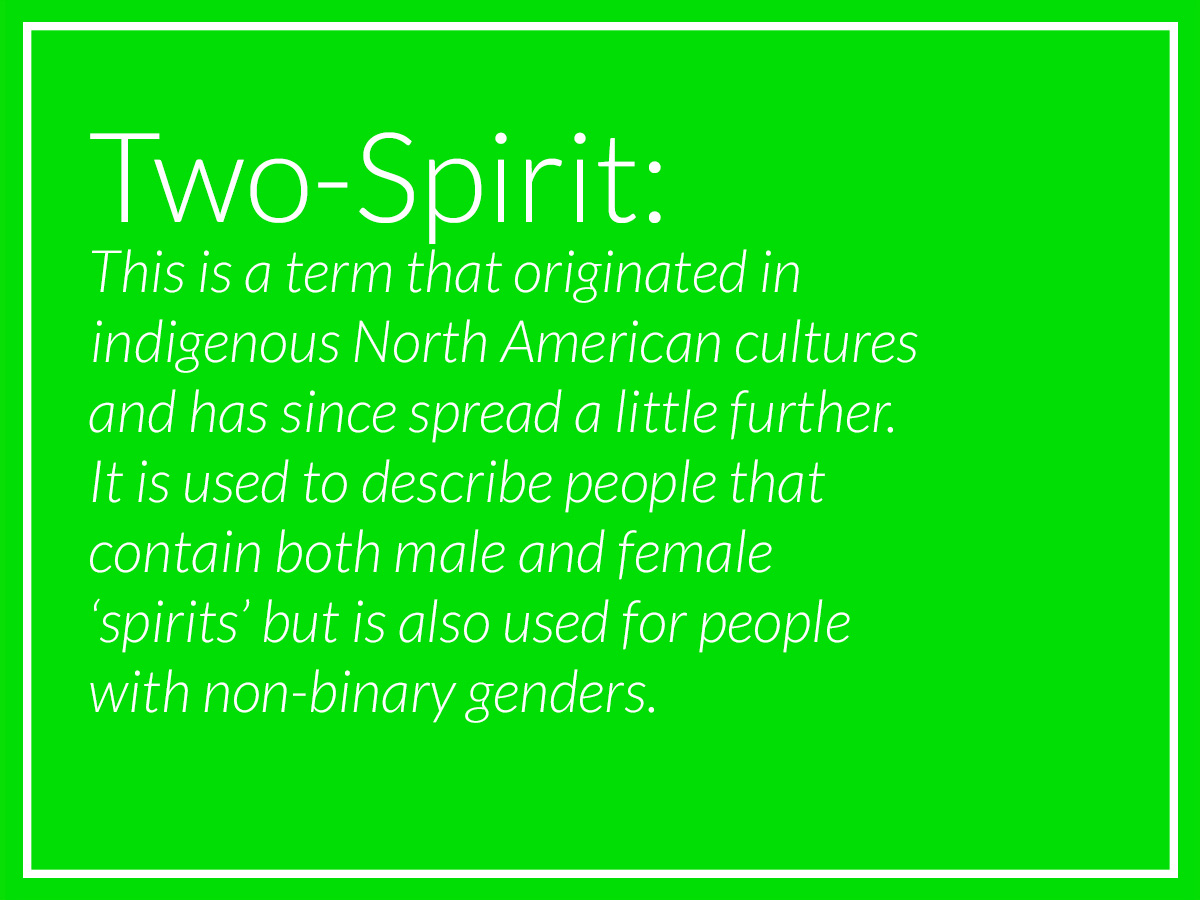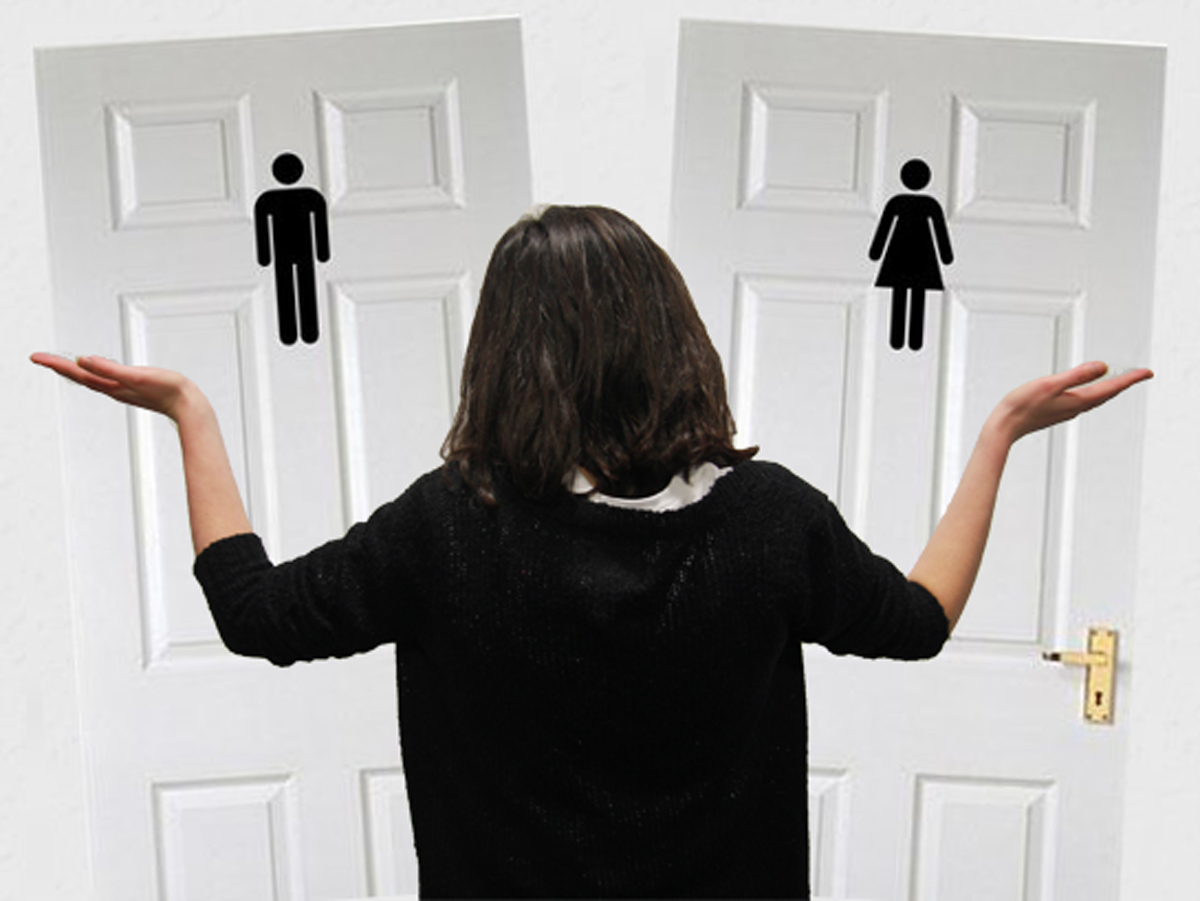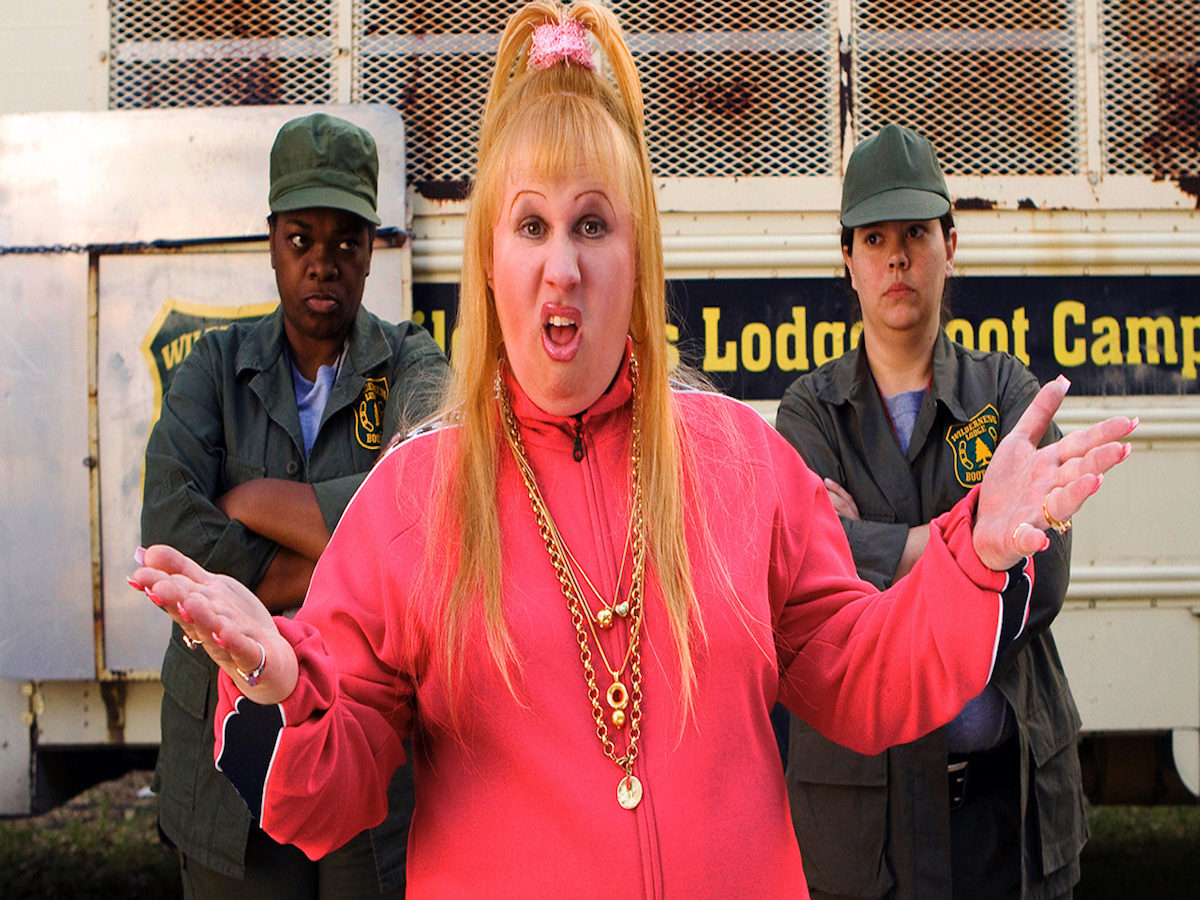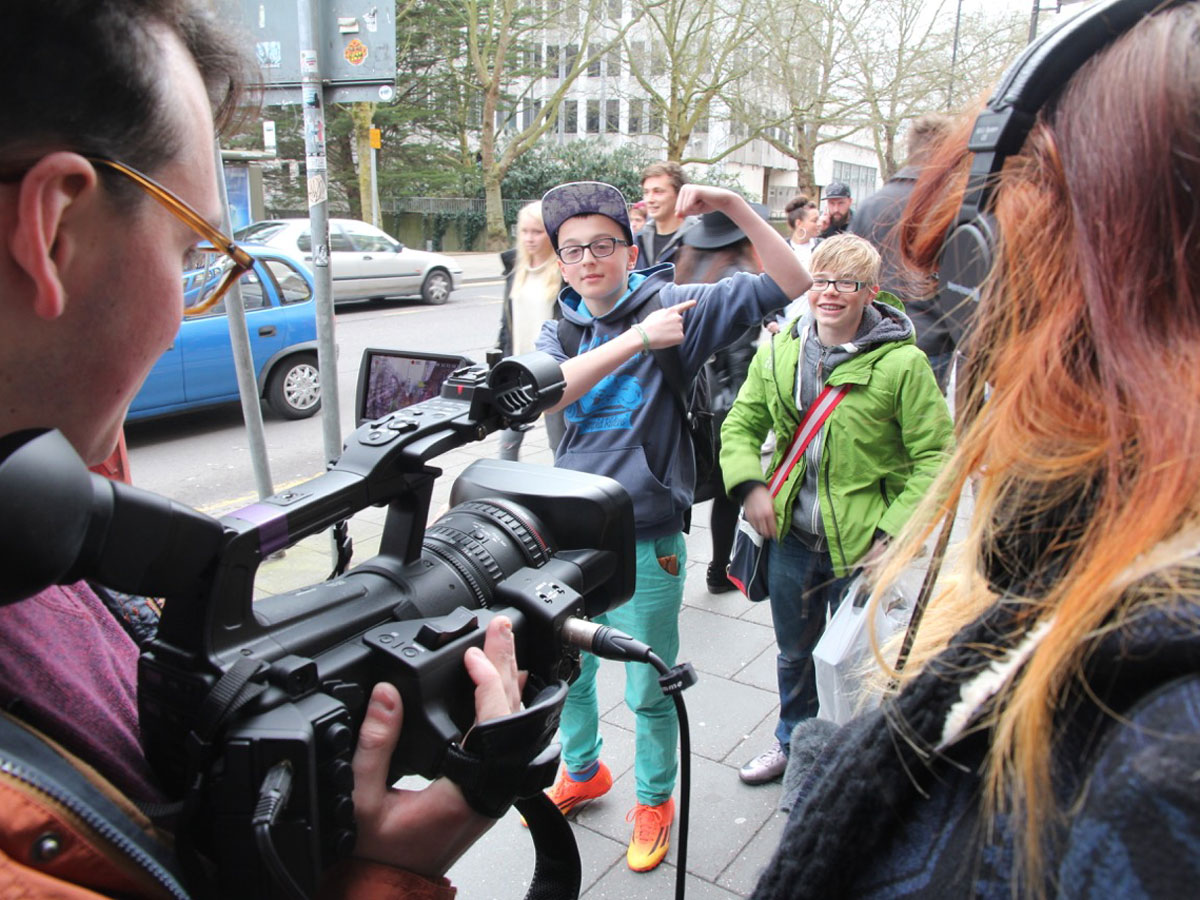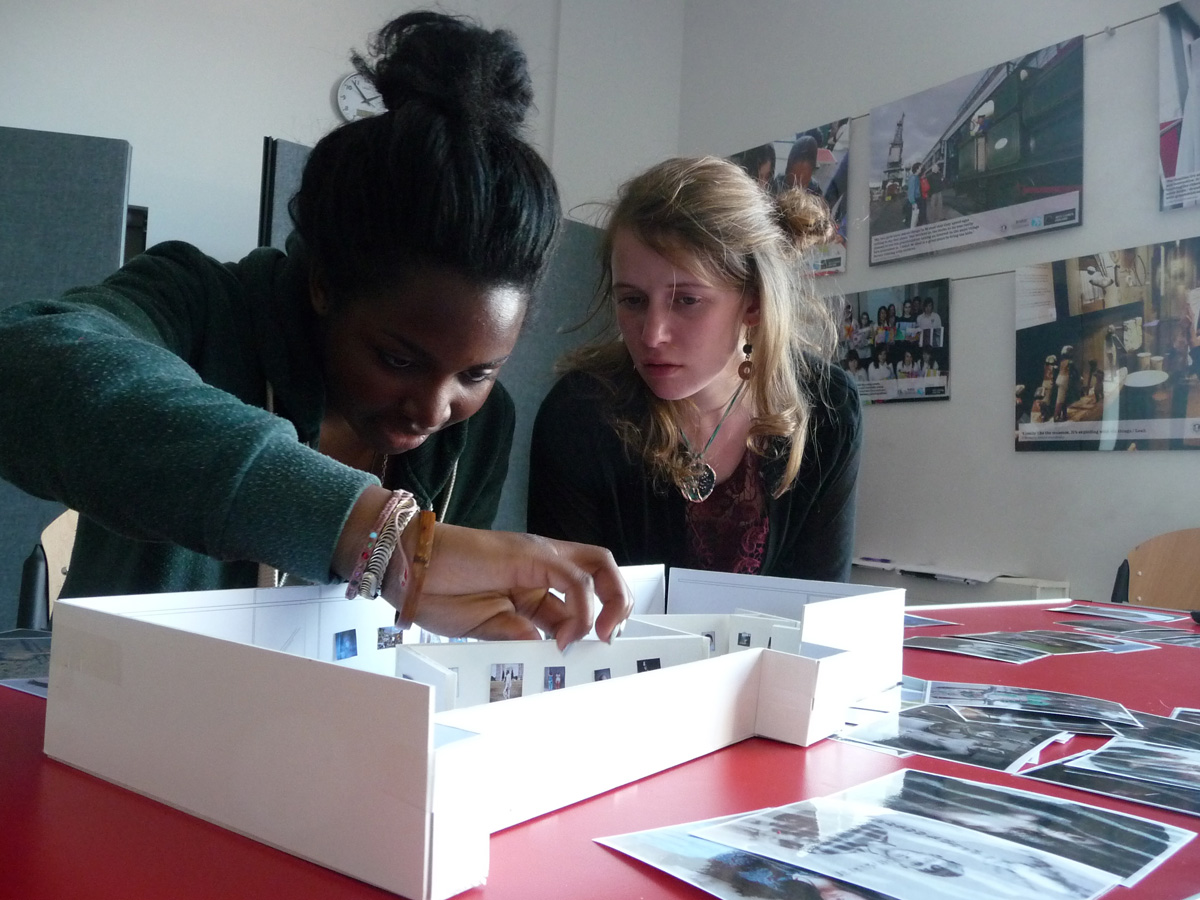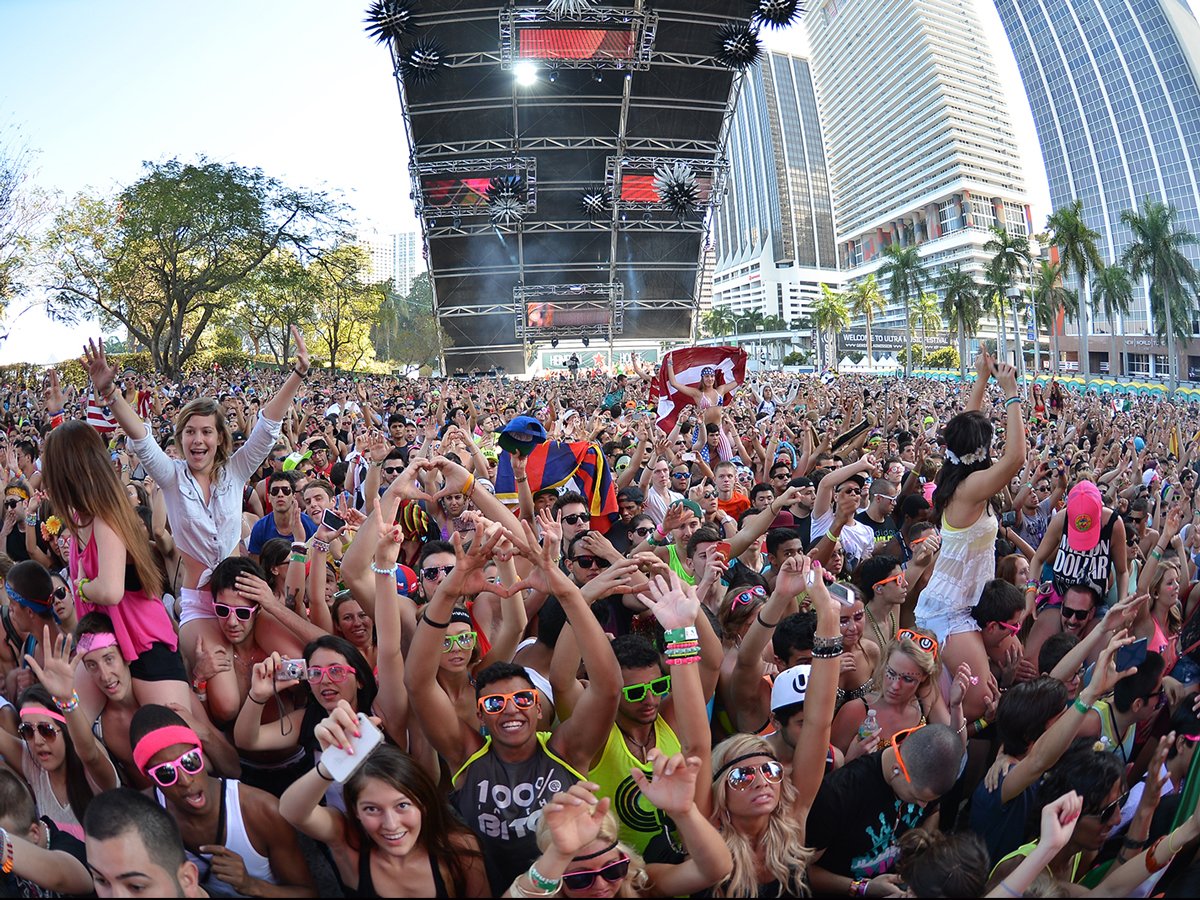The LGBTQIABCs: A Guide To Gender And Sexuality Terms
Do you know your LGBTQIABC’s? Cai has pulled together a list of the variety of different LGBT+ terms and he’s tried to come up with explanations for all of them.
To say that your gender is the same as your sexuality is like comparing oranges and grapefruits.
Gender and Sexuality are both massive topics. To say that your gender – your lifestyle, identity and whether you label yourself as male, female, trans or anything in between – is the same as your sexuality – your biology and whether you’re heterosexual, gay, bisexual or anything in between – is like comparing oranges and grapefruits. Whilst at a glance they look the same, but once you bite into their fruity, citrusy goodness, you realize that despite having some similarities, they are both different things.
I was watching TV with one of my younger sisters and she asked me what a Drag Queen was. I stumbled through the answer using what I knew from the media and pop culture, but it left me curious. It made me think ‘Are Drag Queens all transgender?’ Which lead to ‘Should you refer to a trans woman as she or he?’ Then on to ‘What is a non-binary gender?’ Followed by ‘But… biological sex is binary right?’ Before finally thinking ‘I really need to learn some more about this’
Our language is always changing and writing definitions that are perfect for everyone is difficult.
With LGBT History Month this month, I decided to do some research and I came across a load of different terms – some of which were familiar, some of which I’d never heard before in my life. It was exciting. I learnt how colourful your gender and sexuality can be. It’s something individual and personal, which makes it both interesting to learn about, but tricky to define. Our language is always changing and writing definitions that are perfect for everyone is difficult. I’ve done the best I can to find out what these words mean to a large number of people, and it is no way conclusive, but it’s a start. All these terms are up for definition as they’re very subjective.
But for now, let’s begin with the letter A…
Androgyny
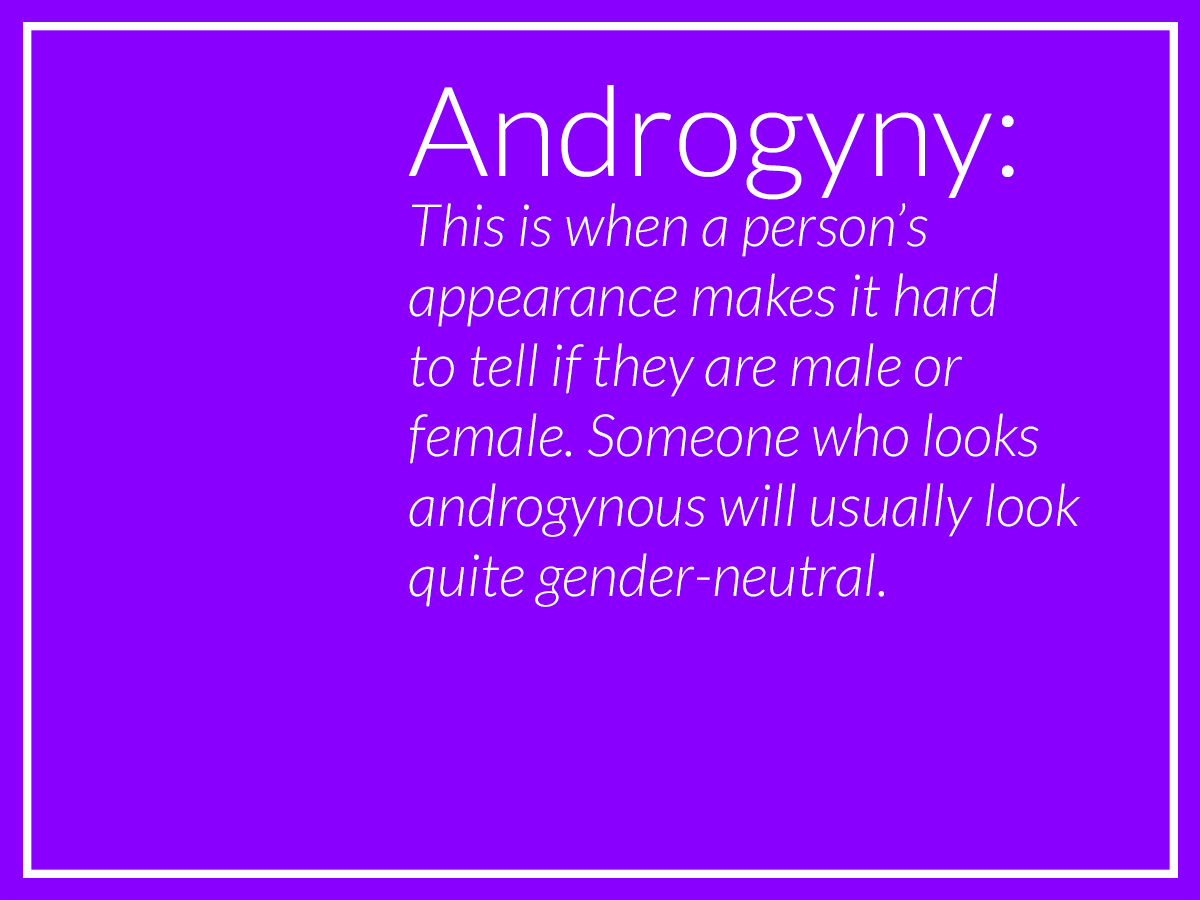
This is when a person’s appearance makes it hard to tell what their sex is. Someone who looks androgynous will usually look quite gender-neutral.
Asexual
Most of my previous encounters with this word had been in my biology class learning how plants reproduce. In this context however, it is used to describe somebody who doesn’t feel sexual attraction. Think Sheldon from the big bang theory. It doesn’t mean they don’t feel any attraction towards people, simply that they don’t want to do the no pants dance. For more questions about asexuality, this website has some great answers.
Bigender
No, this isn’t just bisexual. Somebody who identifies as bigender means they experience more than one gender identities either simultaneously or at different times. So they can feel both male, female, or a range of other non-binary identities too.
Bisexual
Bisexuality is sexually and/or emotionally openness to more than one gender. They aren’t necessarily interested in all genders equally though, and somebody who is bisexual may have preferences about gender and may be interested in differing genders in varying degrees. The Bisexual Index has a load more information on it if you’d like to find out more.
Biological Sex
This is the sex that you are born with – your physical make-up. This includes our internal and external sex organs, chromosomes and hormones. It’s important to note that you can have a non-binary biological sex and some people are born somewhere in between male and female.
Cisgender
This is a word that applies to a vast majority of people. It describes somebody whose identity corresponds with the biological sex they were assigned at birth.
Cross-dresser
Cross-dressing is when somebody dresses in clothing typical of another sex. There can be many reasons why someone may decide to cross-dress, and the reasons behind it can be quite personal. Antonia spoke to someone who cross-dresses recently so if you’d like to read more you should check out her article. It’s important to remember that not everyone that cross-dresses is transgender and not everyone that is transgender cross-dresses. However, it’s also important to note that somebody who is transsexual or transgender is not cross-dressing. Which all takes a few minutes to get your head around.
Demisexual
Somebody who is demisexual only feels sexual attraction to people they have a strong emotional bond with. In general, they have little interest in sex and have a lot in common with asexual people. The extent that someone is demisexual can vary from person to person and people can feel it in small or large degrees, and it is on the asexuality spectrum. There is a lot more you can read about demisexuality and I found a really helpful website that explains a lot quite well.
Drag Queen/King
Drag is generally cross-dressing as an exaggerated performance and art form. When someone dresses in a hyper-masculine or feminine way. Drag Queens are usually men dressed as women with exaggerated characteristics such as over the top make-up or over-sexualized clothing. Drag Kings are the female equivalent where women will often add facial hair and perform excessive masculine traits. People with non-binary genders or who are gender fluid can dress in Drag too, and it’s up to them how they want to perform it. Similarly to cross-dressing, not everyone that wears drag is transgender and not everyone that cross-dresses wears drag.
Dysphoria
Whilst it’s not exclusive to gender, dysphoria is the feeling of not being comfortable in your own body and very aware of everything you feel is wrong with your body. It’s common amongst trans people and can be linked to feelings of depression. If you’re suffering from feelings of dysphoria, try to get help. You can get in touch with Off The Record for mental health advice.
FtM/F2M and MtF/M2F
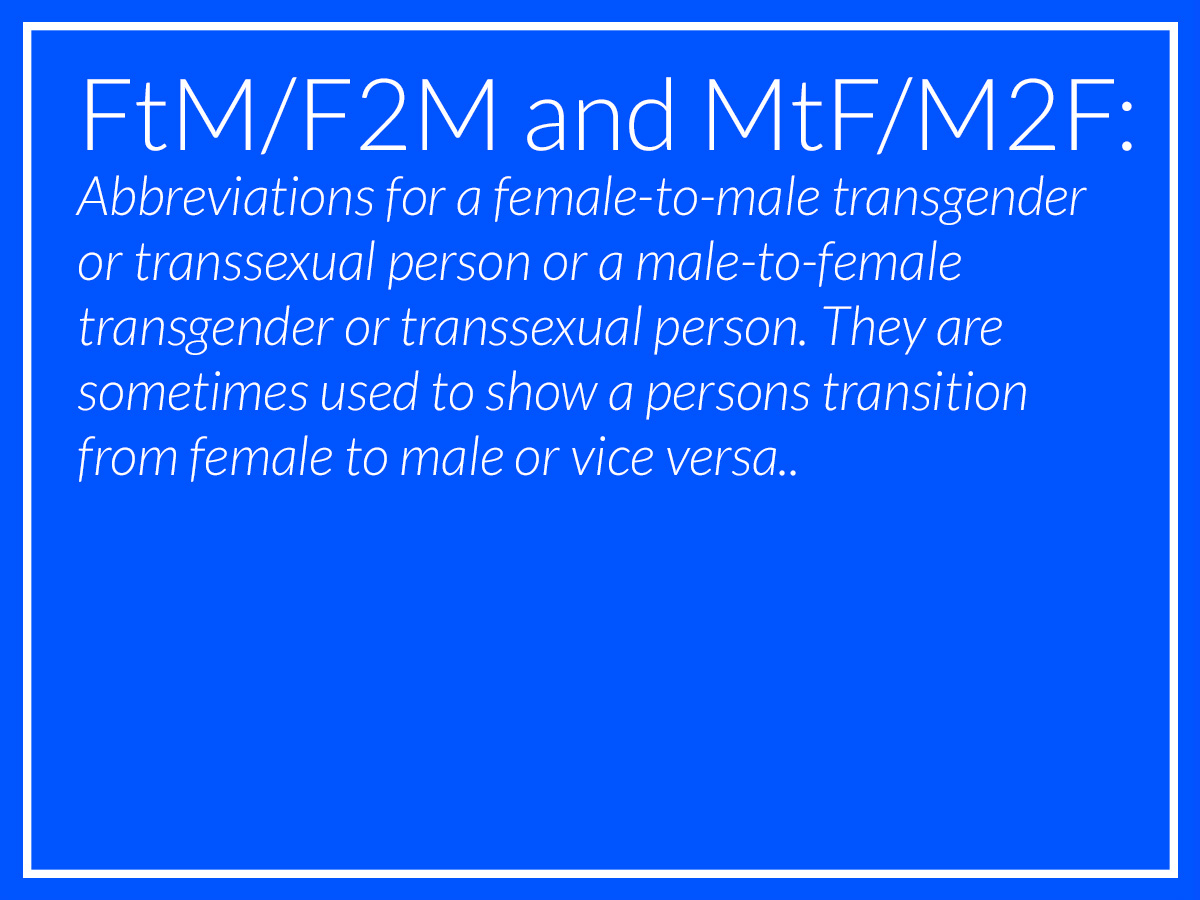
Whilst at first these acronyms looked confusing, I found out that they really mean similar things. They are abbreviations for a female-to-male transgender or transsexual person or a male-to-female transgender or transsexual person. They are sometimes used to show a persons transition from female to male or vice versa.
Gay
Perhaps the most familiar on this list, being gay is when someone is attracted romantically or sexually to a member of the same sex. It’s often used to describe men, but is also used for women and non-binary genders too. There aren’t any set rules for when it should or shouldn’t be used, so it should be judged on a case-by-case basis. Unless you’re using it as an insult. Which is just wrong.
Gender Fluid
The best way to describe gender fluid is that someone who identifies as gender fluid can experience fluidity across a multitude of genders. It can be quite complex and can remain the same or change daily. Somebody who is gender fluid may have days where they feel more female than male, male than female or anything in between.
Heterosexuality
Heterosexuality is romantic or sexual attraction between two (or more!) members of different sex or genders.
Homosexuality
Homosexuality is romantic or sexual attraction between two (or more!) members of the same sex or gender. However it could be said there is a stigma around the word due to is history as a category of mental illness, so many people prefer the words gay and lesbian.
Intersex
Somebody who is intersex has been born with chromosomes, internal or external sex organs or hormones different to what is expected for male and female babies. An outdated term for this is hermaphrodite. This could mean a whole range of different things. It could be hormone imbalances, a mix of XX and XY chromosomes or genitals that aren’t your everyday privates. Intersex is another completely valid direction our bodies can take and it shows that your biological sex isn’t as binary as some people seem to think. Despite being a wall of text, there’s some more really interesting information here on intersex.
Lesbian
A lesbian is a woman who feels romantic or sexual attraction to people of the same gender.
Metrosexual
A metrosexual is a term generally used to describe a man who spends longer on his appearance than stereotypes of men suggest (although people of many genders can identify as metro too). All in all, they are a pretty well groomed bunch. If you’ve got any more questions about metrosexuality, this website has a load of questions answered.
Monogamy
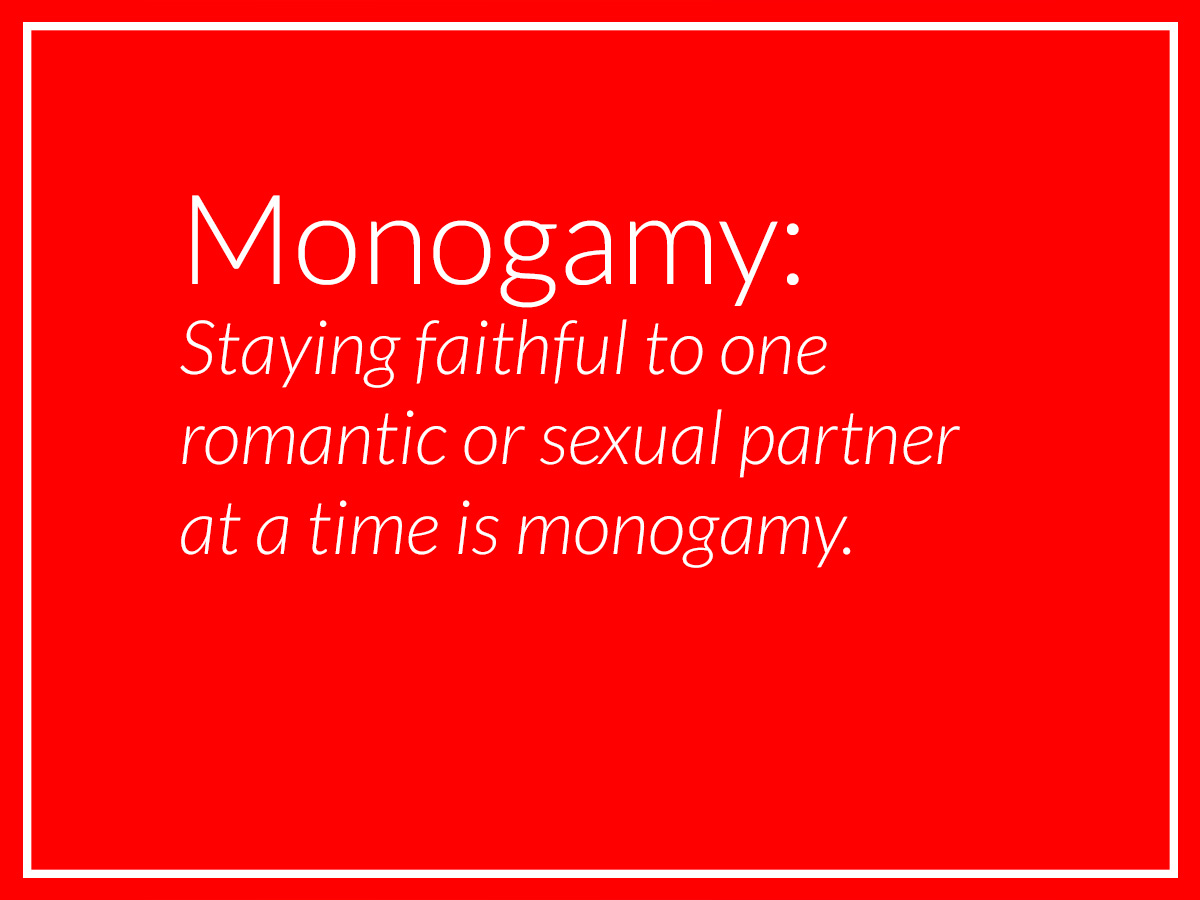
Staying faithful to one romantic or sexual partner at a time is monogamy.
Monosexual
Somebody who has a romantic or sexual attraction for one gender only is monosexual. The most well known forms of this are homosexuality or heterosexuality.
Non-Binary Gender
Claim that you can only be either male or female is quite an outdated idea, when actually gender isn’t as clear cuts as a binary 1 or 0. A gender that isn’t male or female is classed as a non-binary gender and it is used as an umbrella term for the variety of different gender identities. Non-binary gender is a huge topic and I’ve only just scratched the surface; if you want to find out more then you should take a look at the nonbinary.org website
Neutrois
(pronounced New-twa)
It’s hard to describe what neutrois is because it varies for a lot of people, but the general consensus is that it means that the person feels genderless or gender neutral. Many neutrois people go for an androgynous look and some opt for surgery too. To get a better explaination, this website breaks it down pretty well.
Omnigender
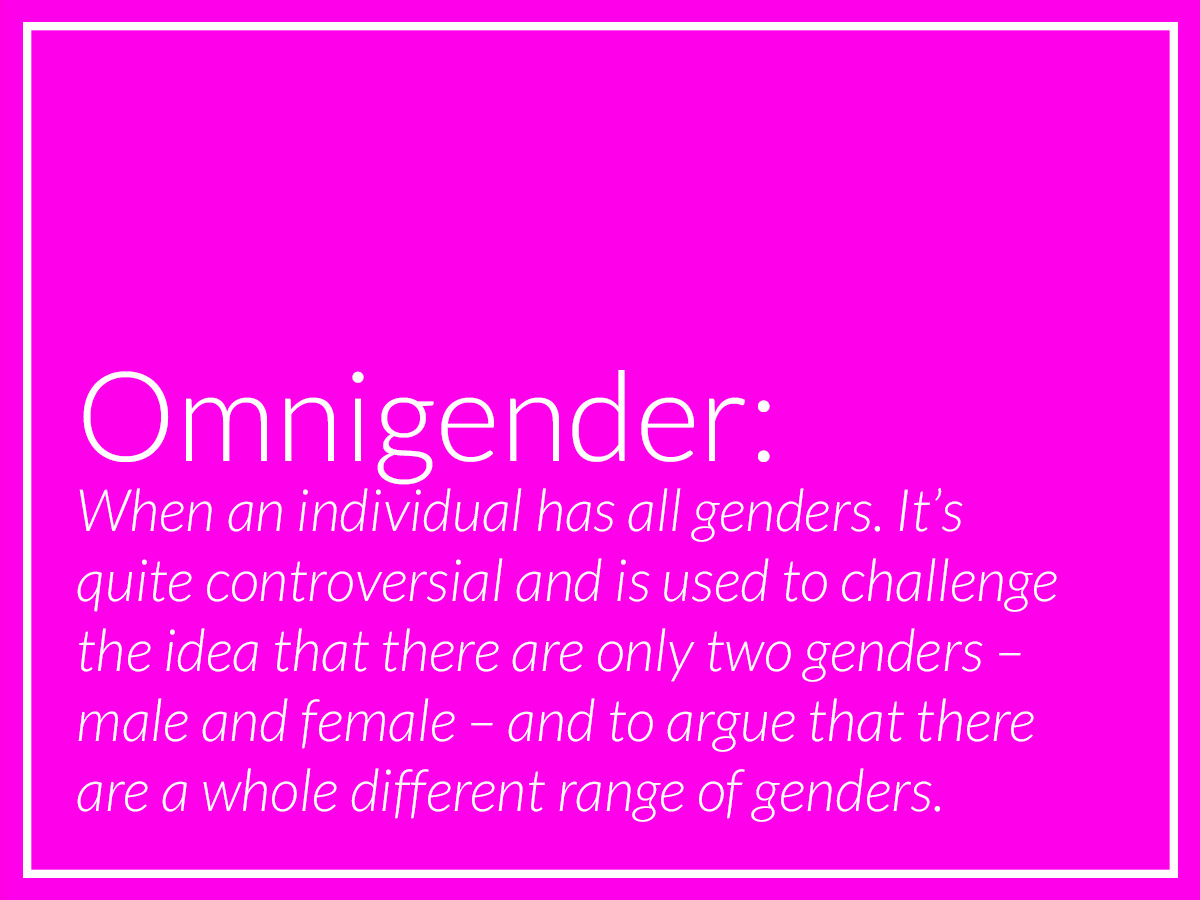
This is when an individual has all genders. It’s quite controversial and is used to challenge the idea that there are only two genders – male and female – and to say that there is a whole different range of genders. There are plenty of people who are actually omnigender and experience more than one gender.
Pansexual
Whilst bisexual people are pansexual people are attracted to people regardless of their gender. By saying that they are pansexual people are showing that they are attracted to all genders equally. If you’ve got more questions about pansexuality, then you can check out this website.
Polyamory
The opposite of monogamy is polyamory, which means being with more than one partner at a time. ‘But isn’t that cheating?’ I hear you chime. The basis of polyamory is that it’s an open and honest relationship. Cheating is breaking the rules and if there is no rule that says you can only be with one person, and then you’re not cheating. It’s important that any polyamorous relationship is consensual, and that everybody part of it is on board. Polyamory is a huge subject though so if you want to read more, you can check out this helpful FAQ I found.
Queer or Genderqueer
Someone I work with describes queer as the ‘punk gender’. It takes what we think about gender and labels and shakes it all up. It goes ‘it’s hard to define everyone, so we’re going to lose that and leave it open to interpretation.’ It’s a hard definition to get right – and I’ve rewritten it several times now – because it means so many different things to different people and by definition, it has no definition. Being queer means being fluid, sitting outside gender norms and sticking the middle finger up to what you’re supposed to be. What does being queer or genderqueer mean to you? How do you define it? However, it has a lot of historical stigma associated too and despite lots of people reclaiming the word, there are still many that find it offensive.
Romantic attraction
Even though asexual and demisexual people feel little sexual attraction, they can still feel romantic attraction. Romantic attraction is where you have an affinity with someone who makes you want to act romantically around them e.g. flirting, dating and marriage.
Skoliosexual
If you’re into everybody but cisgender people, then you’re skoliosexual. Somebody who is attracted to trans people or other non-binary gender people.
Transgender
Somebody who is a transgender means they identify as a gender that they were not assigned at birth. This could be a binary or non-binary gender. Transgender – or trans/trans* – is also used as an umbrella term for a wide range of people with non-binary genders. Be considerate when talking to someone that identifies as Transgender and find out how you should refer to them. Addressing them by a gender other than what they ask is incorrect and can lead to offence.
Transsexual
A transsexual person is someone who is undergoing/has undergone treatment to change their biological sex. This includes people that transition to an androgynous gender. These people are trying to match their bodies to their gender identity. They have become the gender they’ve always felt they’ve been. For clarification – a transman is someone who was assigned a female body at birth, but has made/is making the change to male and a transwoman was assigned a male body but are actually female. Calling them the gender they were born with is incorrect, unless they state otherwise. Sammy asked Zach, a young transsexual man, a load of questions about being trans, so if you want to find out more, have a look.
Two-Spirit
This is a term that originated in indigenous North American cultures and has since spread a little further. It is used to describe people that contain both male and female ‘spirits’ but is also used for people with non-binary genders.
X is for… Mx
(pronounced mix– similar to Ms or Mr)
Mx is a title for people that don’t want to be identified as Mr, Ms or any other variations on those gender specific titles. It’s seen to be gender neutral and there are many people that have adopted it.
Then Y is for… Womyn
(pronounced exactly the same as women)
Womyn is alternate spelling for women that moves away from the ‘traditional’ spelling of women without using the word men. It’s intention is to empower people that want a term for women that isn’t as a subsection of men.
And finally, Z is for… Ze/Hir
(pronounced ‘zee’ or ‘here’)
These are pronouns used by people with non-binary genders as a gender neutral way of saying ‘he’ and ‘she’ or ‘his’ and ‘hers’. These pronouns are often called ‘preferred pronouns’, however it’s incorrect to call them ‘preferred’ as they are the pronouns that correspond to their actual gender. Others also use the pronouns they/their as a singular pronoun as well as ze/hir.
To research this article, I used a combination of first hand accounts and online research. The online research consisted of descriptions from other personal accounts and professional organisations. But all these definitions are up for discussion. Gender and Sexuality are both intrinsically personal, and if you don’t identify with what we’ve said and want to help us improve this list, let us know over Facebook or Twitter
For more information about sex, gender or LGBT+ support, there is loads you can find on the Rife Guide:


